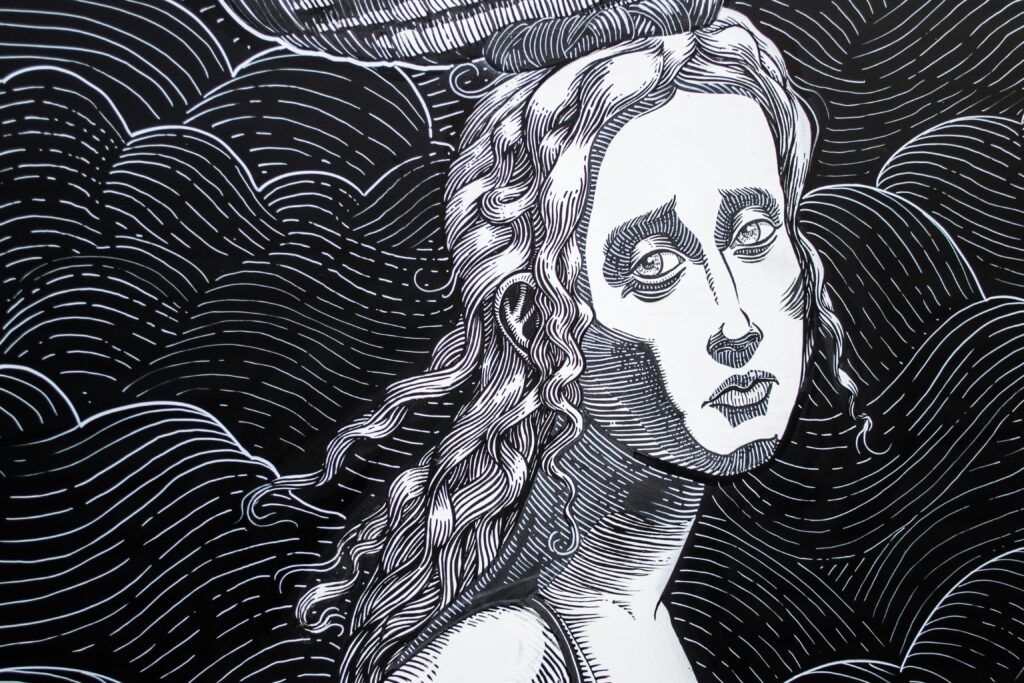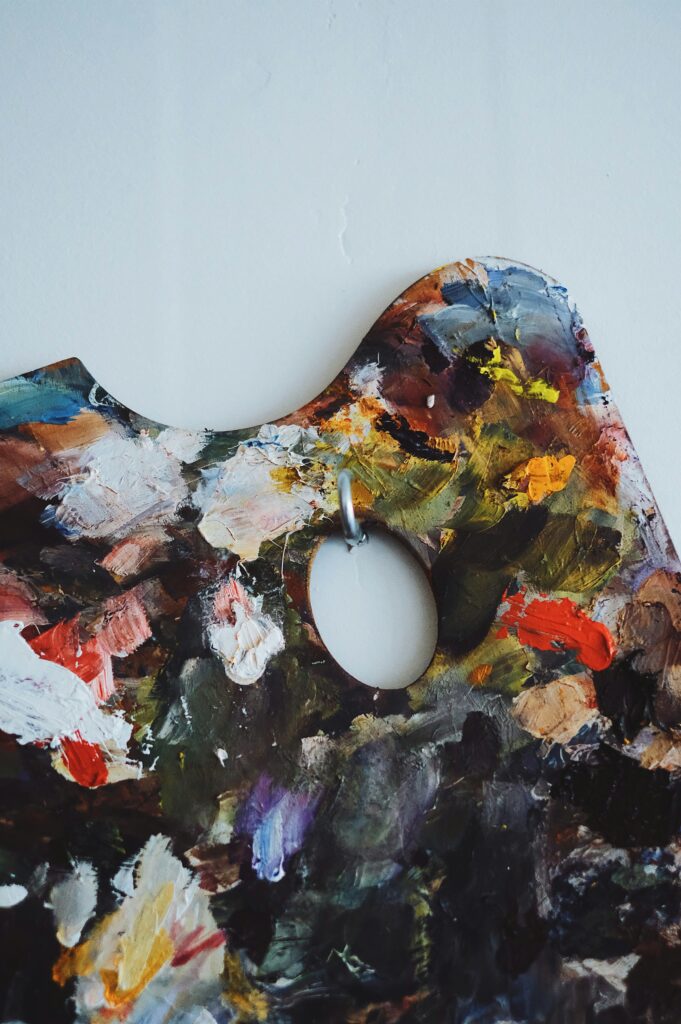Redefining Creativity in the Digital Age
There’s a revolution going on in the art world, A.I. Art. In the ever-evolving landscape of contemporary art this new phenomenon is taking center stage. Art being generated by A.I. is gaining on lookers and admirers alike. And this groundbreaking fusion of technology and creativity is not just turning heads; it poses not only challenges, but even potential threats to our very understanding of what it means to be an artist in the 21st century.
The Rise of the Machines

A once far off vision, we now can not only imagine, but glimpse first hand a world where algorithms produce stunning visual masterpieces, compose symphonies, or write poetry that moves the soul. What once could’ve read like a line from George Orwell’s 1984 is no longer imaginary foretelling of a future that is looming, it isn’t science fiction—it’s happening right now. AI platforms like DALL-E, Midjourney, and Stable Diffusion are churning out mind-bending images based on text prompts, while GPT-3 is crafting prose that can rival human thoughts and well known authors.
So what exactly does this mean for the art world? Are we witnessing the dawn of a new creative renaissance, or the beginning of the end for human artists?
It’s no question one might be fearful as a creator where painters and poets are now competing with machines.
A New Canvas for Creativity
Proponents of AI art argue that these tools are simply the latest in a long line of technological advancements that have shaped artistic expression. Just as the invention of the camera didn’t spell doom for painters, AI is seen as a powerful new medium for human creativity.
Jason Allen, whose AI-generated piece “Théâtre D’opéra Spatial” won first place in a fine arts competition, sees AI as a collaborator rather than a replacement. “The AI is a tool, just like a paintbrush,” Allen explains.
“It’s the artist’s vision and direction that breathes life into the final piece.”
However many experts in the A.I. world say A.I. can do things humans can’t, but in that same bent humans can think in feel in ways that A.I. never will.
The Human Touch in a Digital World
Critics fear AI art could lead to a homogenization of creativity, with algorithms potentially favoring certain styles or aesthetics. There’s also the thorny question of authorship and originality. If an AI creates a work based on its training data—which includes countless human-made artworks—who truly owns the final piece? Who is owed credit?
Renowned digital artist Refik Anadol offers a perspective that bridges both worlds. His data sculptures and immersive installations use AI to process vast amounts of data, creating mesmerizing visual experiences that are undeniably human in their emotional impact. “AI allows us to see the world through a new lens,” Anadol muses. “It’s not about replacing human creativity, but augmenting it in ways we never thought possible.”
I do see his point here, but the crossover and merging of the two still seems dicey wouldn’t you say?

The Gallery Goes Digital
The rise of AI art is also changing the way we experience and consume art. Virtual galleries and NFT marketplaces are booming and offer new platforms for both AI-generated and traditional artworks. This democratization of art spaces is paving the way for a more diverse range of artists to showcase their work to a global audience.
Christie’s landmark sale of the AI-generated portrait “Edmond de Belamy” for $432,500 in 2018 signaled that the traditional art market is indeed taking notice. Since then, we’ve seen a surge in exhibitions and events dedicated to AI art, blurring the lines between the digital and physical art worlds. For better or worse? I’m not sure.
Ethical Brushstrokes
As with any technological revolution, the rise of A.I. in art raises important ethical questions. There are growing concerns about the possibility of AI to perpetuate biases present in its training data, as well as fears about displacing human artists with artificial intelligence.
It is worth noting that there are a lot of people in the art world see these challenges as opportunities for growth and reflection. “AI is forcing us to reexamine what we value in art,” says curator and art critic Sarah Thompson. “Is it the technical skill, the emotional resonance, or the story behind the piece? These are questions we should be asking regardless of the medium.”
The Future Canvas
As we stand at the crossroads of this artistic revolution, one thing is clear: In the world of art AI is here to stay. The question now is how we will shape its role in our creative landscape.
Will we see a new generation of artists who are as fluent in code as they are in color theory? It is my hope, AI become a behind-the-scenes tool, enhancing human creativity without taking center stage?
Whatever the future holds, this moment in art history is nothing short of exhilarating. As we continue to explore the vast potential of AI in art, we’re not just redefining creativity—we’re reimagining the very essence of what it means to be human in a world where the lines between man and machine are increasingly blurred.
The canvas of the future is digital, expansive, and full of possibilities. It’s up to us—artists, technologists, and art lovers alike—to pick up the brush and start painting.
And in all seriousness few real artists and poets are threatened by any kind of bot cause in the end it is just that, an emotionless, feelingless bot.







